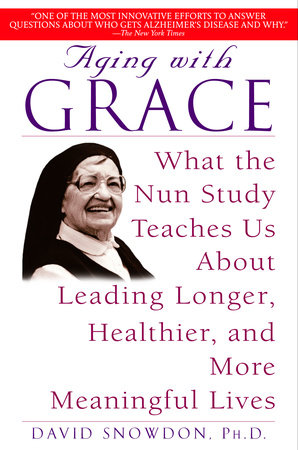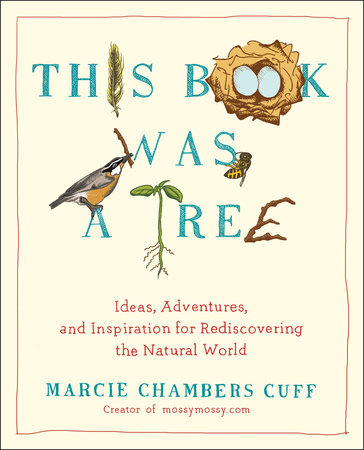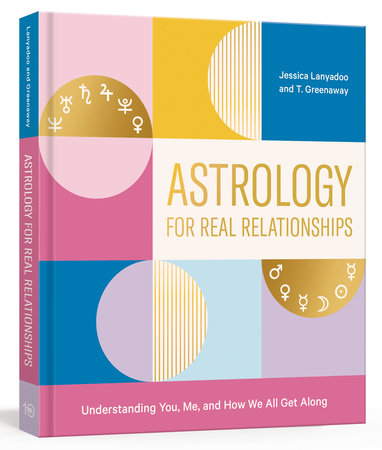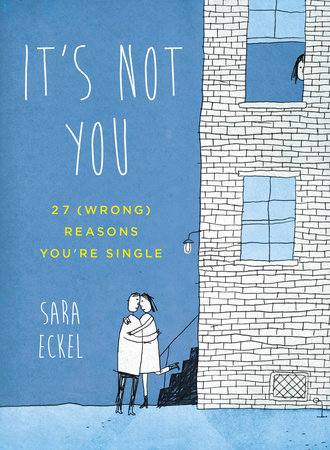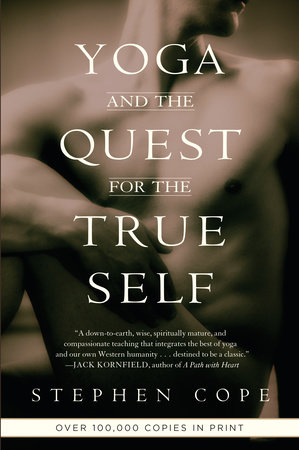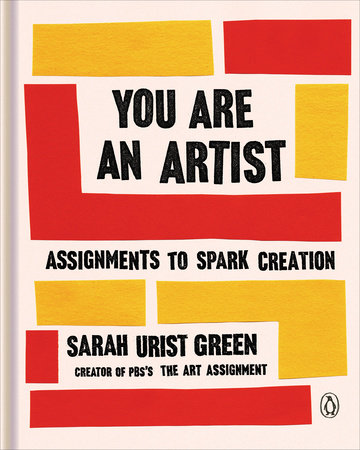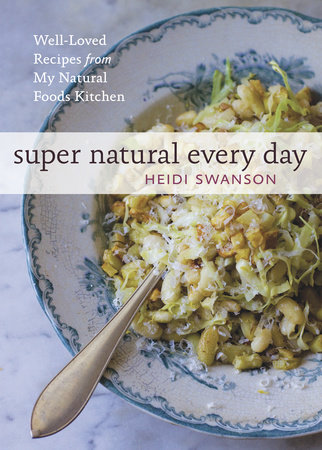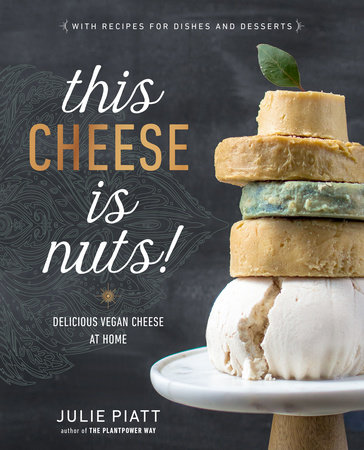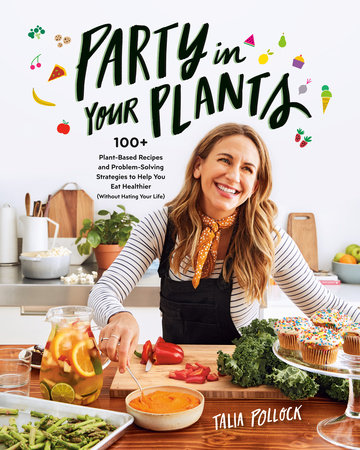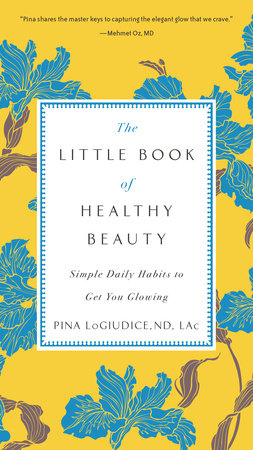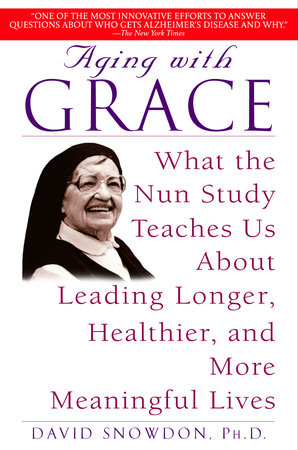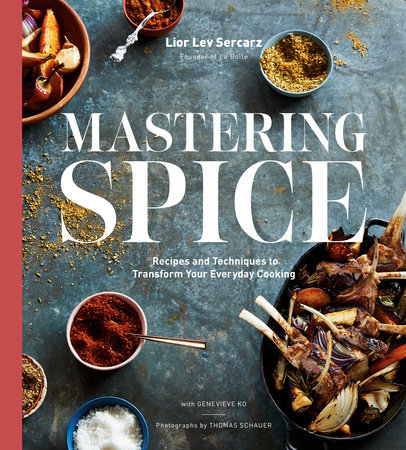Author Q&A
An Interview with Dr. David Snowdon
Since 1986, Dr. David Snowdon has led a scientific team that is profoundly changing the way we view aging. Early results of "The Nun Study," as it is known, have made headlines internationally and been featured in Time, National Geographic, Newsweek, and on Nightline, CNN and the CBS Evening News, as well as in leading scientific journals. Just as extraordinary as the research reports is the human story of the hundreds of Roman Catholic sisters, ranging in age from 75 to 106, who have allowed Dr. Snowdon access to their medical and personal records — and who have agreed to donate their brains upon death. We interviewed Dr. Snowdon about his new book, Aging With Grace: What the Nun Study Teaches Us About Leading Longer, Healthier, and More Meaningful Lives.
What makes the Nun Study unique?
Before I started the Nun Study, I’d done research involving tens of thousands of participants with data drawn from questionnaires. When I first sought permission to work with the School Sisters of Notre Dame, a leader of the congregation, Sister Carmen Burg, said yes on one condition. She insisted that that I treat the sisters as human beings, not as research subjects — she told me to go to the convents and get to know them as individuals. This, of course, flies in the face of the way scientists are trained in the name of "objectivity." But what a gift! I now have honorary great-nephew status with a group of remarkable women.
What makes them remarkable?
The School Sisters of Notre Dame were founded in Germany with a special mission to serve poor girls in rural areas. In this country, they followed the settlers west and played a great role in the expansion of educational opportunity. Almost all of the sisters were lifelong teachers. Some of the oldest nuns taught in communities that had no schools before they came. Of the sisters in our study, about 85 percent had bachelor’s degrees, and 45 percent had master’s degrees — amazing figures for women of any generation.
Is your book about the sisters or about the science?
Both. I try to take readers inside the process of how we’ve made our discoveries — like all real science, it has many twists and turns and surprises. But as I’ve learned, you can’t understand aging and Alzheimer’s disease without seeing how they affect real human beings. One of my closest friends among the sisters — I call her Sister Maria in the book — died of Alzheimer’s disease. You could see aspects of her beautiful personality right up until the end. And the well sisters give extraordinary support to those who are failing — they don’t lose sight of their humanity. That’s an important message I’d like people to take from the book.
You are an epidemiologist. What perspective does that give you on Alzheimer’s disease?
Epidemiologists are trained to search out the causes of diseases in large groups, often over long periods of time. Nuns are an ideal group to study because they live such similar lives — it is easier to home in on the differences that really count. Because of this, the Nun Study has been able to discover that the most common form of Alzheimer’s is not a yes/no disease that suddenly occurs as we get older. It actually appears to have roots in early life, and there are many lifestyle factors, including education, nutrition, exercise, depression, and cardiovascular health, that seem to play a role in its development.
Wasn’t it difficult to ask the sisters to donate their brains?
It’s probably the hardest thing I’ve ever done. The brain is not just another organ. Most of us feel that it contains our identity — our mental, emotional and spiritual history. That makes the sisters’ response all the more amazing — 66 percent of those who were eligible joined the Nun Study. (Based on other studies, we thought we’d be lucky to get 20 percent.) I’ll never forget what Sister Rita Schwalbe, one of the convent leaders, told me: "Our congregation was founded to work with the poor and powerless. Who’s more powerless than someone with Alzheimer’s disease?"
What happens to the sisters’ brains after they die?
They are brought to our lab at the Sanders-Brown Center on Aging at the University of Kentucky, where they are analyzed to determine the extent and location of the characteristic damage of Alzheimer’s disease — the so-called "plaques and tangles" that kill neurons and disrupt communication within the brain. This information is then matched with the mental and physical tests we have conducted on the sisters while they were alive. This has resulted in some real surprises.
Such as?
We have discovered sisters with the most extensive form of Alzheimer’s damage in their brains who performed brilliantly on our mental tests. We have discovered that a sister may be severely demented without having significant brain damage. In other words, the symptoms don’t always match the pathology. This astounded Dr. William Markesbery, the neuropathologist for the Nun Study. We have also discovered that the cumulative brain damage done by small strokes may tip the balance toward dementia. Ultimately, this is good news, because we do know how to prevent strokes. Another piece of good news: some of the healthiest brains we have found are in centenarians. Even if we become extremely old, decline is not inevitable.
Haven’t you also shown that the sisters have remarkable longevity? How do you account for this?
The risk of death in any given year after age sixty-five is about 25 percent lower for the School Sisters of Notre Dame than it is for the general population of women in the United States. This means that the sisters live dramatically longer lives than their lay counterparts. At one point, in one convent alone, there were seven living centenarians — the sisters called them The Magnificent Seven. Certainly education and a prudent, healthy lifestyle play an important role — for example, none of the sisters smoke. But I believe that intangibles such as positive life purpose, spirituality, and a supportive community are also significant.
Based on your findings, is there anything we can do to prevent Alzheimer’s? For instance, some people say we should avoid aluminum in soda cans or cookware.
That aluminum story just won’t die — but it has never been proven, and most scientists today discount it. The Nun Study has also shown that another suspect — the mercury in dental fillings — is not a factor. In my public talks, I stress doing everything we can to prevent strokes — and to treat them immediately if one occurs. We’ve all heard this message before: Keep your weight and blood pressure down. Exercise. Quit smoking. But if you know these steps can also help prevent the symptoms of Alzheimer’s, you’re more likely to pay attention.
If a person has a family history of Alzheimer’s, can they take a genetic test for the disease?
When I’m asked this, I often reply, "What difference would it make if you knew?" Many people overestimate the power of genes. The early-onset form of Alzheimer’s, which emerges in people before age 65, does seem to be strongly genetically determined, but it accounts for only 5 to 10 percent of cases. There is also a gene associated with late-onset Alzheimer’s, but many people who get Alzheimer’s do not carry it. We will probably discover more genes in the future — and also more ways that they interact with things we can control.
Are there any foods or supplements that can help ward off Alzheimer’s?
I did my Ph.D. research on nutrition, and I would love to be able to come up with a definitive answer — but we don’t have one yet. The best evidence right now points to the protective effect of antioxidants — like vitamins C and E. High levels of folic acid are also emerging as an important factor in brain health throughout life. But it may be more important to eat many fruits and vegetables than to load up on supplements. I currently take about one and a half times the standard daily value for vitamins — and most of my colleagues also avoid megadoses. Finally, I think that some so-called alternatives, such as gingko biloba, show promise. But we need much more research in this area.
You’ve made some remarkable claims about the autobiographies the sisters wrote when they entered the convent. Why did you study these?
The autobiographies are one- or two-page documents written when the sisters were in their early 20s, before they took their religious vows. When we first discovered them in the convent archives, it was as if we had opened a fascinating time capsule. We have since discovered that they have amazing predictive power. For example, a linguistic measure called idea density predicted who would get Alzheimer’s — 60 or more years later — with 80 percent accuracy. The sisters who packed the most ideas into their sentences at age 22 were somehow protected at age 85! We still don’t know exactly what brain mechanism is involved, but other research has shown that Alzheimer’s may be a lifelong process. Another Nun Study paper, which will be published this May, links longevity to emotional expression in the autobiographies. We discovered that the sisters who expressed the most positive emotions in their writing lived years longer on average than those who expressed the least. Maintaining a positive attitude appears to be very important to living a long and healthy life.
What’s next for the Nun Study?
Right now, we believe that we will be collecting data for another twenty years. As of the start of 2001, 295 of the original 678 participants were still alive. The youngest was 84 and the oldest was 106. And as we continue to develop new hypotheses, we go back to study the brains we have already collected, all of which are carefully preserved. We want to clarify the dividing line between Alzheimer’s and what is called mild cognitive impairment. We are developing more sophisticated ways to evaluate the living brain, so we can improve early detection and diagnosis. We will do more gene screening, and also continue our research on emotion and personality.
Has the Nun Study changed your own attitudes towards aging?
Well, I turn fifty next year, and I’m much more optimistic now than when I was younger. I’ve known a number of centenarian sisters who are still active and enjoying life. They’ve made a good old age seem like a real possibility.
